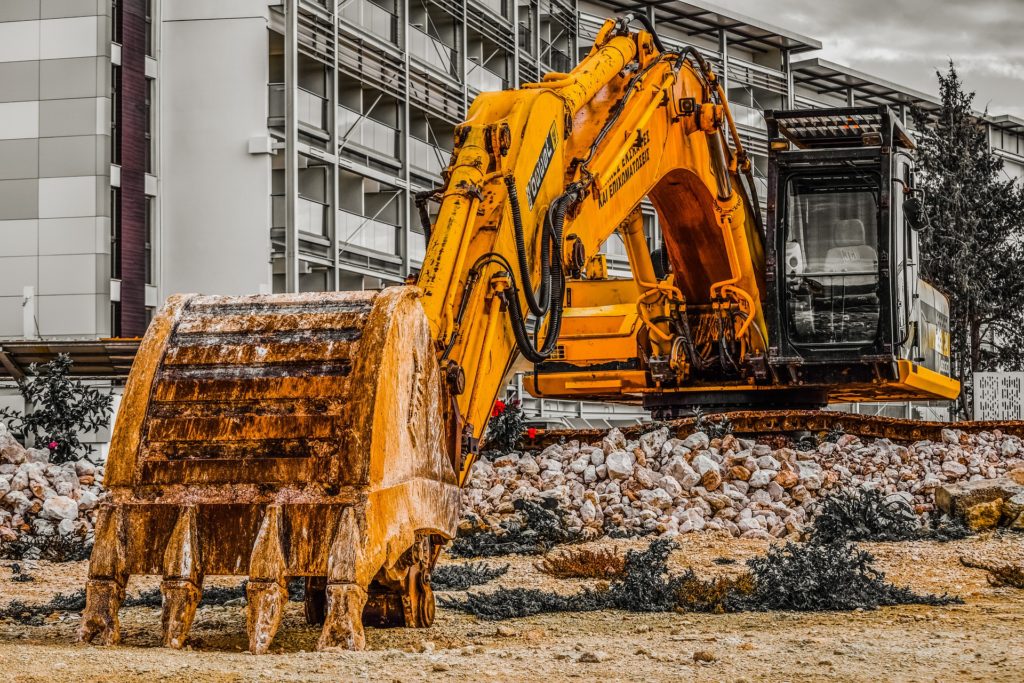 Working with powered machinery is a daily part of the job for millions of people in the U.S. They are particularly vital for industries such as construction and manufacturing. When used safely, machines pose only minor threats to employees.
Working with powered machinery is a daily part of the job for millions of people in the U.S. They are particularly vital for industries such as construction and manufacturing. When used safely, machines pose only minor threats to employees.
These devices, however, pose a very real danger when not handled properly or set up safely by employers. The use of machine guarding, for example, can help reduce the unacceptable number of accidents every year; accidents that typically result in very serious or fatal injuries. Knowing where injuries can occur (and how to remain safe around those locations) is the key to avoiding accidents and harm.
Many People Are Hurt by Machines
Unfortunately, machines that do not have guards on them and employees who weren’t given the correct training can create a recipe for disaster. Every year in the U.S., about 18,000 people suffer lacerations, crushing injuries, and amputations due to machine accidents. These types of injuries take months or longer to recover from; for amputation, the loss is lifelong. On top of that, about 800 people are killed each year in the U.S, which take a terrible toll on their families, friends, and the industry itself.
How Machine Guarding Can Help
One of the best ways to avoid machine accidents is through proper machine guarding. “Guarding” refers to devices or items that are on or near machines, which protect workers from exposed areas of the machinery. Guards on saws, for example, can limit or eliminate exposure of hands and other body parts to the saw blade when it is in use. When machine guards are designed and placed properly, they make it harder to get hurt even if something goes wrong while the device is in use.
Unguarded or improperly guarded machinery poses a threat to everyone at a job site, not just the person actually operating a machine. Kickback from a table saw, for example, can launch a piece of wood across a room at high speeds. These devices might lack guards because a worker removes them on purpose, or they are an older model that didn’t have guards to begin with. Workers must recognize when unsafe conditions like this exist and take action. Workers who see unguarded or insufficiently guarded machinery should report these issues to managers, and take concerns to the Occupational Safety and Health Administration (OSHA) if these problems are not addressed.
Three Fundamental Areas of Any Machine
When it comes to general safety, there are three areas to consider when you are near or using a machine. These areas are:
- Point of Operation: On a machine, the point of operation refers to the location where actual work is performed. For example, on a saw, the saw blade itself and area just around it would be the point of operation. For other machinery, it refers to where forming, shaping, or other work is done when in use.
- Power Transmission Device: The power transmission device, or devices, on a machine refers to anything that transmits energy to the point of operation where work occurs. This can mean pulleys or belts as well as flywheels, couplings, and gears. Any part of the machine that gives power to the area that performs work falls under this category.
- Operating Controls: These are the controls that allow an operator to turn a machine on or off, or make other adjustments as necessary. This is an important part of the machine since it will usually include an emergency shutoff.
Even though all machines have these basic areas in common, different forms of guards and protection are required. Two different power saws may have designs or functions that require two different types of protection to keep workers safe. That is why it is vital for employers and workers on a site to recognize the importance of machine safety and take action to make it a reality.
Who Is Responsible for Machine Safety?
Proper machine safety is the responsibility of both workers and management alike.
- Worker Responsibility: Workers are expected to take care of themselves and practice safe habits when around or using machinery. This means being aware of surroundings and what machines are in use, dressing appropriately to avoid injury, and only using machines that they are trained to use. In some cases, workers might also be expected to bring and use their own machinery, for which they may be responsible for ensuring proper safeguards are in place and maintenance is performed.
- Employer Responsibility: In general, employers are responsible for properly training all employees to correctly and safely use their machinery. This means that workers need to be given training when hired, and that refresher courses should be provided as needed. Machine guards and other safety features should also be placed by employers on all machines that they own. Employers must also take reports of unsafe behavior seriously and respond appropriately to ensure safe practices are being upheld on the job site.
When employers neglect their duties, you bet they can be held legally responsible. At Wingate, Russotti, Shapiro, Moses & Halperin, LLP, we see many cases where a little employer prevention would have made a huge difference in many people’s lives. If you or someone you love was injured by a heavy machine in New York, we may be able to help. Call us at (212) 986-7353 for a free consultation, and we’ll let you know how you can get the compensation you need to recover.